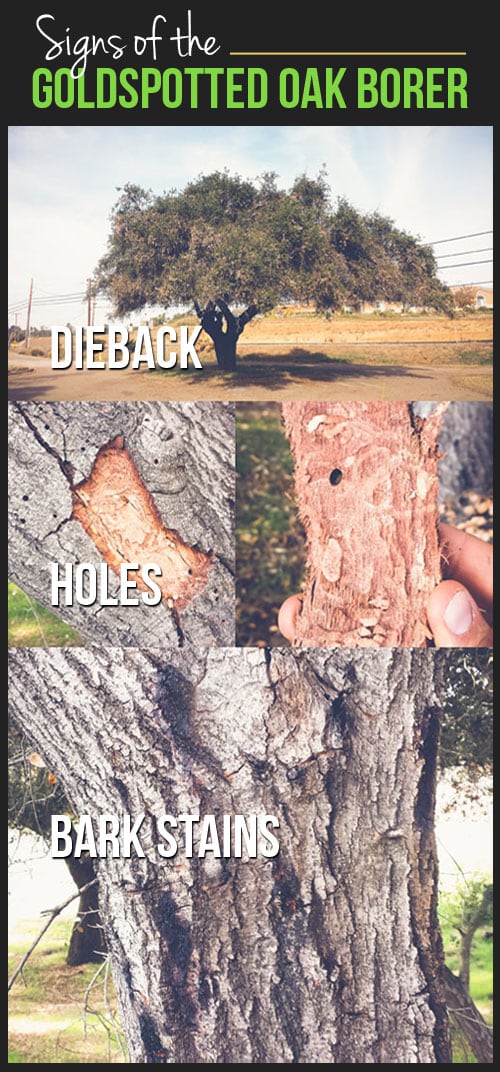The Ecological Advantages Of Stump Grinding: A Lasting Technique For Land Management
The Ecological Advantages Of Stump Grinding: A Lasting Technique For Land Management
Blog Article
Article By-
When it concerns land management, have you considered the long-lasting advantages of stump grinding? By dealing with the residues left behind after tree removal, this practice not only aids in soil health improvement yet also plays a critical function in stopping erosion and supporting biodiversity. The environmental benefits of stump grinding prolong far past simple visual appeals, supplying a sustainable option that harmonizes with nature's detailed systems.
Dirt Wellness Renovation
Wanting to enhance the top quality of your soil? Stump grinding can be a game-changer for improving soil wellness on your home. By eliminating old tree stumps, you're developing room for new growth and enabling vital nutrients to go back to the soil.
As the stumps break down gradually, they release raw material, enhancing the soil and promoting far better plant development.
On top of that, stump grinding aids to freshen the dirt, permitting better water seepage and origin development. Compressed dirt can prevent plant development and water absorption, but by grinding stumps, you're loosening up the soil and producing a healthier setting for your plants.
In addition, stump grinding can also help to avoid insect infestations and conditions that old stumps might attract. By removing these prospective risks, you're creating a much safer and more productive landscape.
Disintegration Avoidance
To avoid dirt erosion effectively, stump grinding plays a critical function in preserving the stability and honesty of your land. By eliminating undesirable stumps from your building, you're likewise reducing the risk of disintegration brought on by water runoff. Stump grinding eliminates challenges that can interrupt the natural flow of water throughout your land, avoiding soil disintegration while doing so.
When stumps are left untouched, they can serve as barriers to water circulation, creating soil to get rid of throughout heavy rainfalls. This disintegration not only harms your land but additionally contributes to sedimentation in close-by water bodies, harming aquatic communities.
Stump grinding helps to avoid these problems by leveling the ground and promoting proper drain, minimizing the chance of disintegration.
Biodiversity Assistance
Maintaining healthy and balanced biodiversity on your land is essential for developing a thriving community. By making use of stump grinding as a lasting land management method, you can considerably support biodiversity.
tree service louisville ky grinding assists advertise biodiversity by developing new environments for numerous plant and animal varieties. great site of stumps allows for the regrowth of native vegetation, which consequently brings in a diverse series of wild animals. Pests, birds, and little animals flourish in these freshly accessible locations, contributing to the total biodiversity of your land.
In addition, stump grinding assists stop the spread of illness and pests that can damage plant species, therefore guarding the eco-friendly balance on your home. By removing old stumps, you produce room for brand-new plant development, which enhances the general health of the environment.
This much healthier setting sustains a broader variety of varieties, advertising biodiversity and developing a much more resilient environment in the long term. Accepting stump grinding as part of your land management approach can have lasting favorable results on the biodiversity of your land.
Conclusion
By using stump grinding as a sustainable method to land management, you can improve dirt health and wellness, avoid erosion, and support biodiversity. This environmentally friendly technique not just benefits the community but likewise promotes the growth of plants and develops environments for different plant and pet varieties. Make a favorable effect on the setting by including stump grinding into your land management practices.
